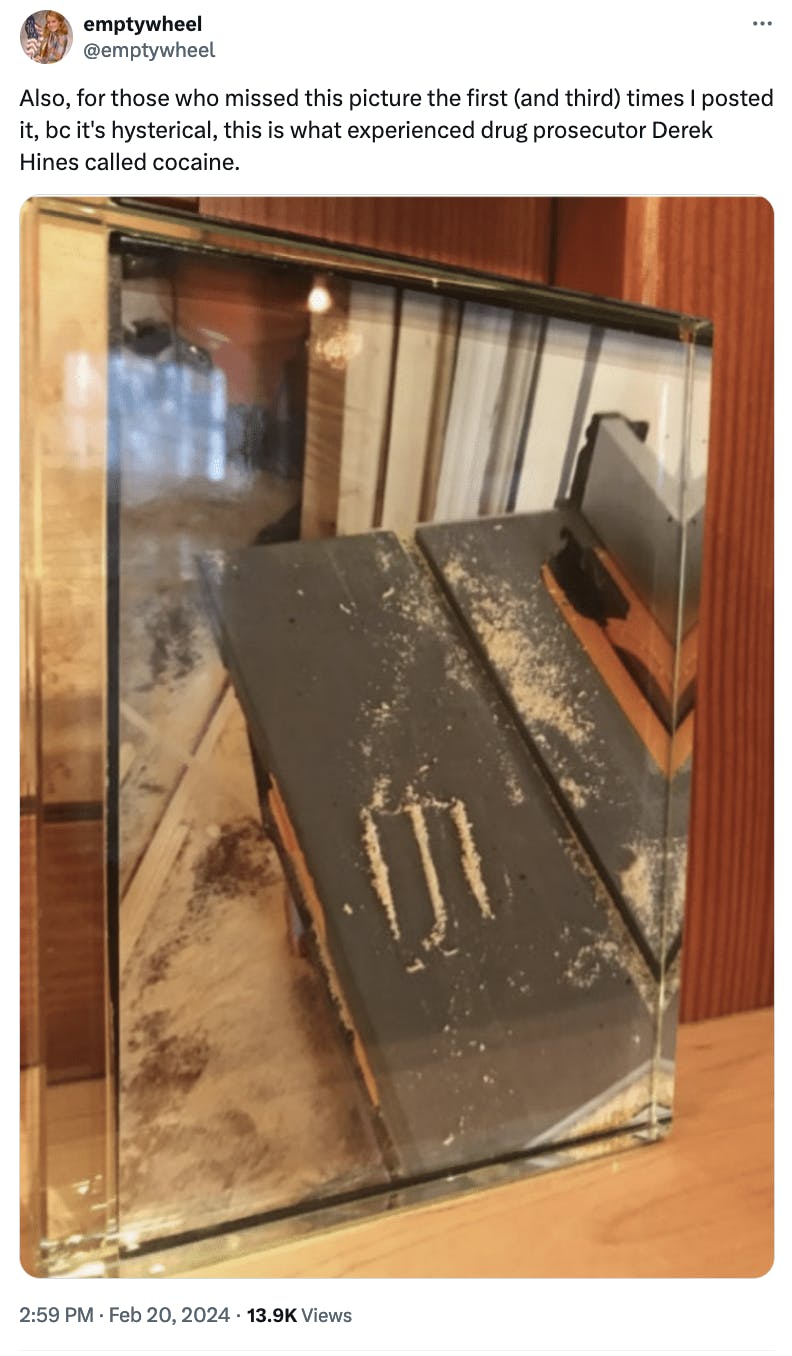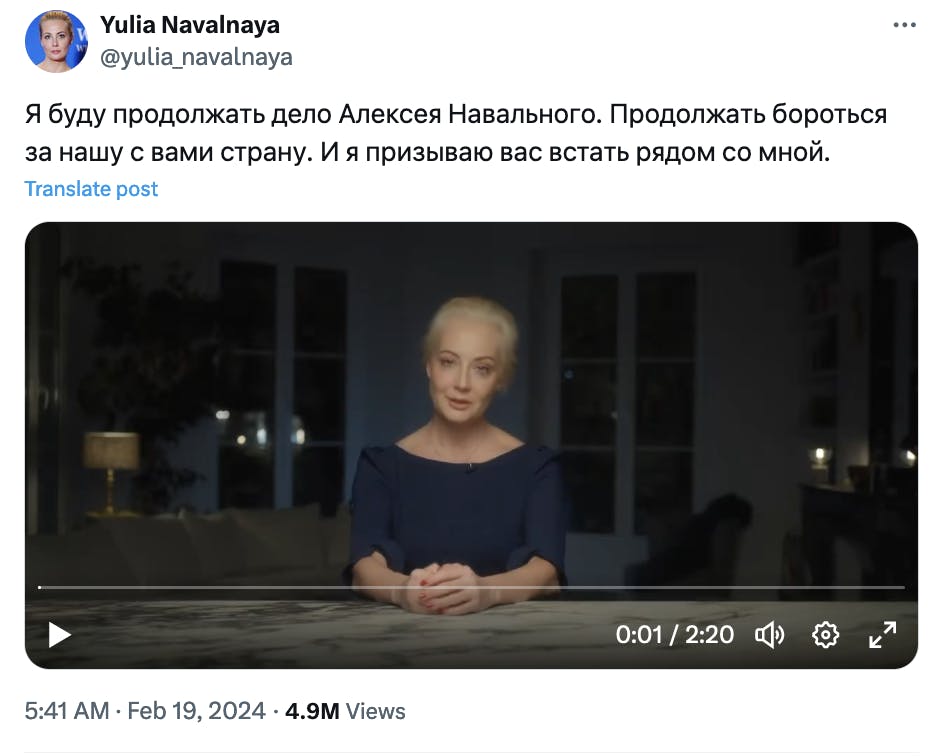Hunter Biden Slams Special Prosecutor for Confusing Sawdust With Cocaine
Well, this is more than awkward.

Hunter Biden’s attorneys argued on Tuesday that U.S. Attorney David Weiss’s investigation into their client included some major factual errors, including mistaking a pile of sawdust for cocaine.
In a court filing, the law team challenged that what the Department of Justice’s discovery revealed cannot be taken “at face value.”
In previous filings, Weiss had accused the president’s son of taking a picture of several lines of cocaine. But Biden’s team says otherwise, claiming that Biden not only didn’t take the photograph, but that the picture doesn’t depict cocaine at all.
Instead, the picture shows three lines of sawdust, jokingly propped by a carpenter who took the photograph and sent it to Biden’s then psychiatrist, Dr. Keith Ablow, who in turn sent it to the junior Biden.
“Mistaking sawdust for cocaine sounds more like a storyline from one of the 1980s Police Academy comedies than what should be expected in a high-profile prosecution by the U.S. Department of Justice,” the team wrote in its retort.
A court document sharing the image also included the texts from Ablow, who wrote, “This one in my office is of lines of sawdust sent to me by a master carpenter who was a coke addict. I told him that, ultimately, he would have to choose between his art and his drug. He sent me the photo and a message that said, ‘Made my choice.’”
“Hope you do, too,” Ablow added.

The new documents also accuse the special counsel of being swayed by Alexander Smirnov, whose entire testimony about the Biden family’s connection to Ukrainian company Burisma Holdings was blown up last week when he was indicted by the DOJ for lying to prosecutors.
“The Smirnov allegations infected this case,” Hunter’s lawyers wrote, arguing that the special counsel threw out Biden’s plea deal while following Smirnov “down his rabbit hole of lies.”
“Lo and behold, some seven months later, the Special Counsel finally figured out that Mr. Smirnov was lying—which should have been obvious to everyone, certainly by August 2020 when DOJ closed the investigation,” they wrote.









